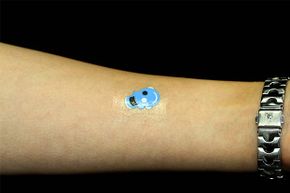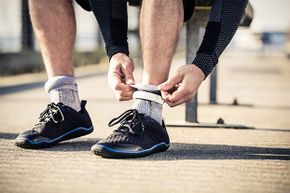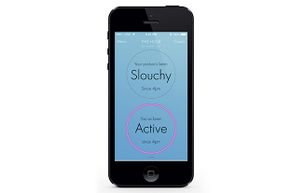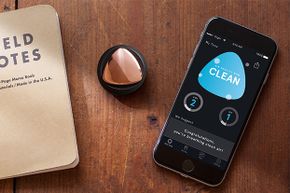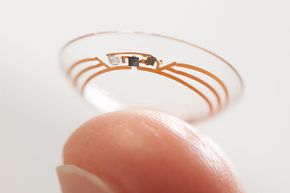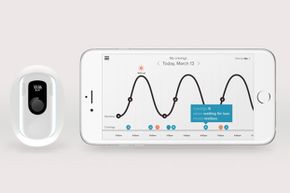A 2015 Baltimore Sun article described a 32-year-old Maryland man who had the curious habit of walking, even on the coldest winter days, with only one hand in his pocket. He explained that he doesn't want to interfere with the function of the electronic gadget on his other wrist, which counts how many steps he's getting on his daily walk. "If there's a number on it, I want to know what it is," he said.
He's not the only one who's become obsessed. According to a recent survey, about one in five Americans owns a wearable electronic device, and most of them are doing it for health-related reasons. Seventy-seven percent of wearable technology users want the gadgets to help them exercise better, while 75 percent are interested in collecting and tracking medical information such as their heart rate and sleep habits.
Advertisement
People have become so sold on wearables' health value, that 70 percent say they would even allow a device to continuously stream health data — with their identities redacted — to their health insurers in exchange for a break in their premiums [sources: Comstock, PwC].
It's all part of a growing social trend, in which people strive to measure, quantify and subtly tinker with their lives in the quest for self-improvement. As futurist and author Ken Cukier explained in 2013, "What today looks like a bunch of fitness freaks and narcissists, tomorrow we'll call health care" [source: Kiger].
But even though it's largely positive, our fixation upon wearable gadgetry can take us to some amusing extremes. Here are 10 of the weirdest health wearables that are either already on the market or in development.

